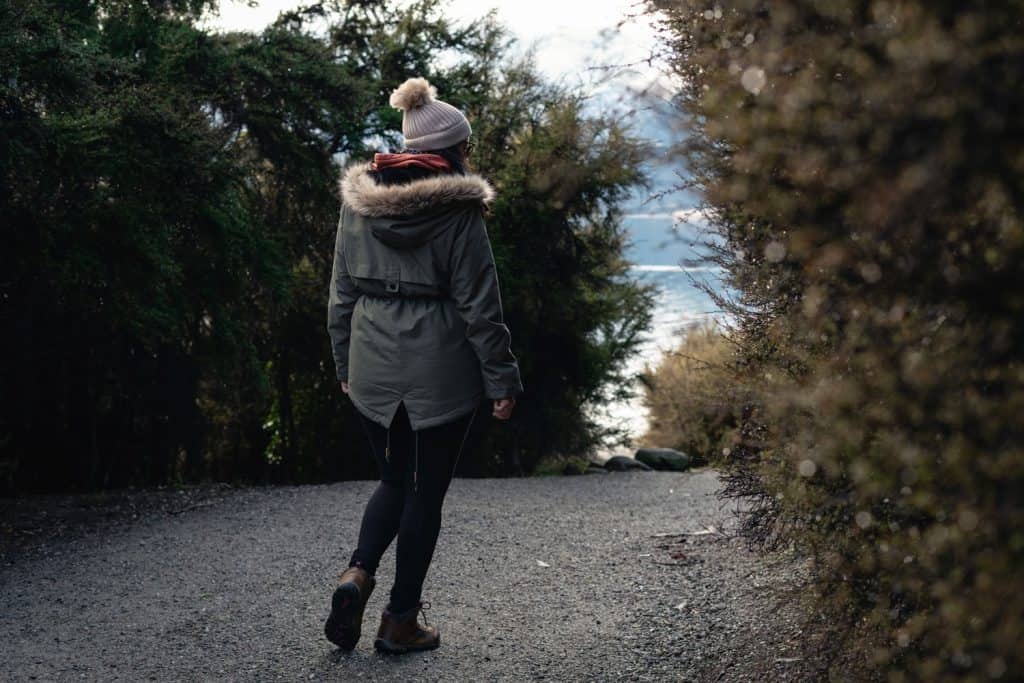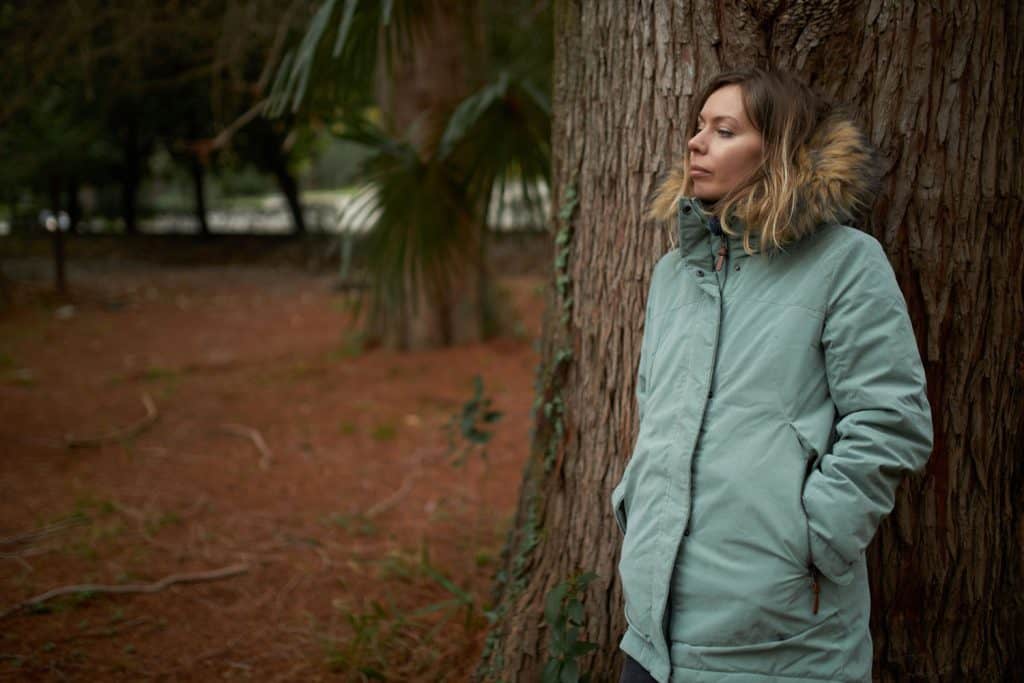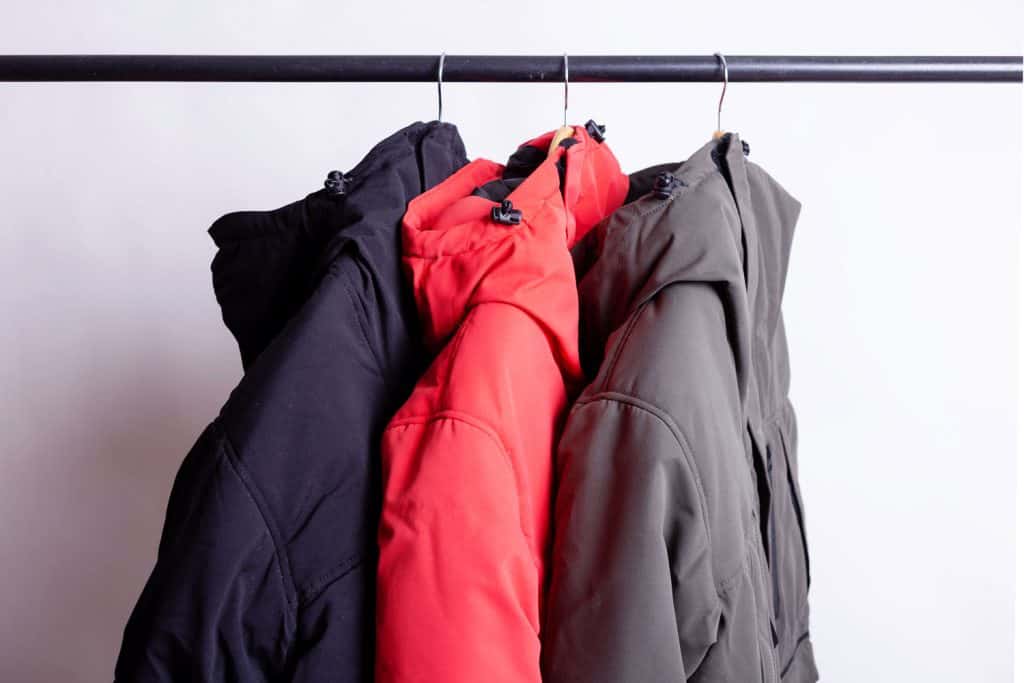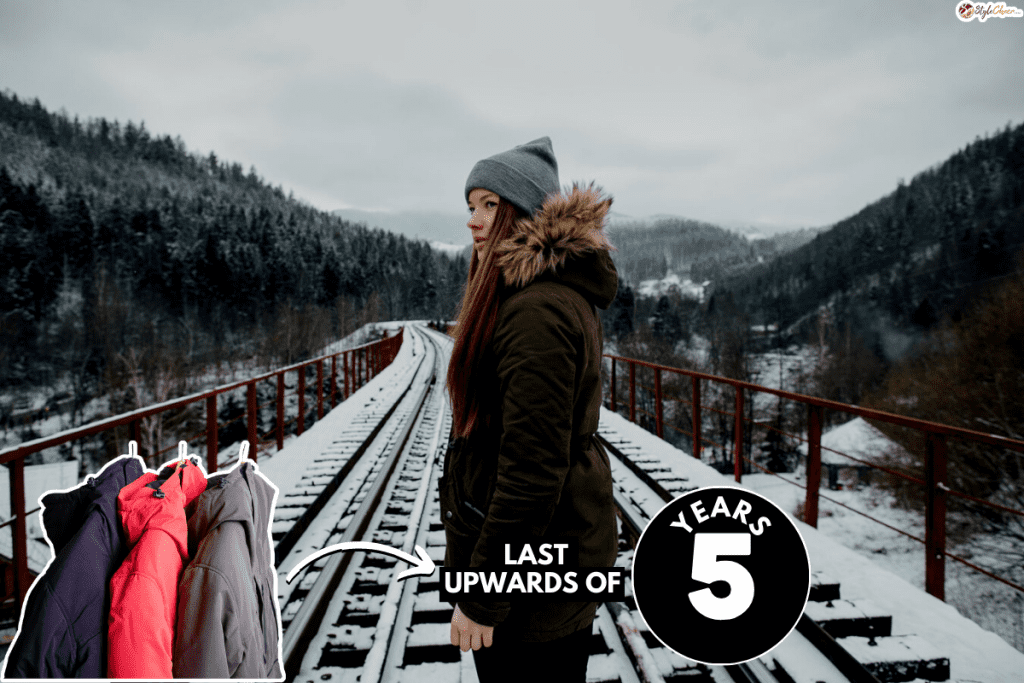Buying a new coat to wear for the fall through spring isn't always easy. For example, do you want to purchase a parka but have no clue whether they have hoods or lining? Does having a hood or lined material make a big difference in colder temperatures?
Well, we'll discuss all this below, so keep reading!
Most times, you can expect a parka to include a hood. On top of that, most, if not all, parkas also are lined with some type of faux or real fur.
If you're willing to spend even more for your new jacket, some parkas even include a fir trim along the hood lining: which is sure to keep your head warm.
However, most standard parkas should be better than regular jackets or pullovers, so regardless, having one is a good idea.
As we start this article, we will cover all things wearing parkas and discuss what they're typically made with. Whether you need a new coat, have moved somewhere cold, or have additional questions: we're here to help. With that said, let's dive right into this article below!
Do Parkas Have Lining?

This article may include affiliate links and elements that were carefully created by our team using advanced ai to help you envision the best style advice.
Yes! Most, if not all, parkas should have some type of lining inside them. As we said, this might be faux or real fur, although many new ones will be synthetic.
With that said, not all parkas are made the same. For example, one may have a thin strip of lining along the main sections, not offering much protection in freezing temperatures.
In contrast, if you spend a bit more on your parka, it should be fully lined with faux or genuine fur material. The more expensive it is, the better the quality will usually be.
A parka, by design, should protect you from high winds and extreme cold. Unlike a regular jacket or sweater, it will offer a few layers of protection against the elements.
Of course, this isn't always 100% true, but you should be fine wearing a parka with a long sleeve shirt underneath in most cases. Especially with a nicer one, you should expect to need less additional layering.
So, if you can, try and invest in a nice, high-quality parka if you live somewhere very cold.
Do Parkas Have Hoods?
Like lining, your parka will also have a hood! As we said before, parkas, in their design, feature hoods. Most often, the hood will also have a fur lining, which makes it even better for the cold.
The reason a parka has a furry hood is to prevent heat from escaping your coat. If it didn't have that extra fabric and fur lining, the heat from your body would easily escape through the top opening of your garment.
Therefore, almost every parka you purchase will have an extra fluffy hood. According to the Chicago Tribune, the larger the diameter and variety of fur: the warmer it will be.
However, that raises the question of shopping ethically.
If you buy a real fur coat, you are likely supporting cruelty to the species it comes from. So, it might be better and more ethical to shop for faux fur and avoid real options.
Like any fashion, it can be hard to be the "perfect" shopper.
How Warm Will A Parka Keep You?

In general, a parka should keep you very warm throughout the winter. Since these are made to be very warm while you have them on, it is perfect for chillier weather.
If you're in New York City for Christmas, Alaska, seeing the polar bears, or even in middle America running to Target, a parka will be your new best friend.
According to The North Face, how a parka is made will determine how warm it stays on your body. For example, if it is thinly lined or without a furry hood it may get colder than others.
Even though generally, your parka should suffice in cooler climates, you want to prioritize finding one with deluxe lining and faux fur on the hood. You'll be much more comfortable the next time the temperature drops.
Another detail to consider is that most parkas come with a "temperature rating." This will list what weather your jacket is good for, usually somewhere on the care tag.
So, if you live or travel to freezing places, make sure your parka can also handle them. The last thing you need is for it not to do its job while you're freezing in the cold.
Is A Parka Warmer Than A Puffer?
You can usually expect the parka to be warmer than a puffer. Of course, this will depend on how well each is made, so sometimes, a puffer may beat out a parka.
On top of that, a high-quality parka will also be windproof and waterproof, which not all puffers are. Comparing a lower-end parka and puffer, the parka should still be warmer.
This is by design, as puffers are good for moderately cold climates and a bit of weather. However, you don't want to depend on a puffer alone if you're skiing or on an arctic adventure.
Puffers are also more stylish than parkas, which also can be a problem. Since most things that look good aren't actually very effective, this is a familiar story for people in puffers in the cold.
You might need a few layers underneath a puffer, while you should only need one with your parka.
What Should I Wear Under My Parka?

One of the best items to wear under a parka is a sweater. Especially if it's cold outside, having one more knit layer can be a game-changer.
Many style pros also suggest wearing a crew neck t-shirt beneath your unzipped parka, although this depends heavily on the current weather conditions.
It might also be fine to wear long underwear beneath a parka, which will keep your body temperature up in colder conditions. Think of it as a heat-retaining piece of clothing.
With that said, the more heat your body produces, the warmer it will keep you. So, having something warm underneath one can make a huge difference.
You don't want to depend on a t-shirt under your parka if it's under 40 or so degrees, so keep this in mind. Again, it's always better to be warm than runway-ready.
We also recommend wearing a second jacket under your parka in severe winter weather, as this can help maintain good body heat.
What Material Is A Parka Usually Made From?
For the most part, you can expect a parka to be made with nylon, polyester, and cotton fabrics. Furthermore, the filling inside your coat will often be synthetic insulation or natural fibers like goose or duck down.
That's not always the exact composition of one of these jackets, but you should see these materials 9/10 times. When put together, these fabrics and linings can create a perfectly warm jacket for you to wear.
The best materials we recommend from this list would be cotton, nylon, and goose down, which all fall into a higher-end category. Yes, they'll be more expensive, but they keep you warm.
As we covered earlier, some jackets will even have fur or faux fur lining, so that's another common material for this garment. The more nice fabrics and materials in your coat, the better it will feel.
You can always test a few jackets at your local mall or do a try-before-you-buy online option to see which material combination fits you the best.
How Much Should A Parka Cost?

Although pricing varies quite a bit by brand, you should budget between $300 to more than $1,000 for the most Arctic-ready parka.
Since these coats are so effective at keeping people warm, they come with a high price tag. Even if you go with lower-tier brands, it will set you back at least $100.
Of course, you will have this coat for many years to come. It's better to invest in a nice, high-end parka that you can use for a decade versus a cheap one that will fall apart in a year or two.
If possible, try a few different brands, see which makes you feel the warmest, and splurge on yourself. You won't regret it next winter!
How Long Should My Parka Last?

Most of the time, a well-made parka will last upwards of five years. That said, the lifespan of your coat will significantly depend on how much you use it and how you store it.
For example, throwing it on the floor and rarely cleaning it could break down after a couple of years. In contrast, people who take better care of their coats may get to have them for 5-10 years.
The key here is to make sure you keep your parka in good condition. Even if you love using it for hiking in the mountains, skiing, or taking part in another kind of winter journey, it will hold out if you give it some TLC.
To Finish Up
Whether you have a parka or want to buy one, it's always good to know what they're made of. We found that most, if not all, parkas include lining and a hood.
In their design, these heavy coats are meant to block high winds and inclement weather. For example, wearing a parka in the dead of winter should keep you fairly warm, unlike a typical sweater or jacket.
We recommend finding one with a faux fur lining and hood, as it will retain heat the best. Good luck with finding your new winter parka!
And while we have your attention, check out these helpful related articles below:
How Long Should A Trench Coat Be And How Should It Fit (For Men And Women)

![Woman washing a shirt with her hand, Remove Tire Marks From Clothes Like a Pro [How to Guide] - 1600x900](https://stylecheer.com/wp-content/uploads/2023/08/shutterstock_305739509-300x169.jpg)

